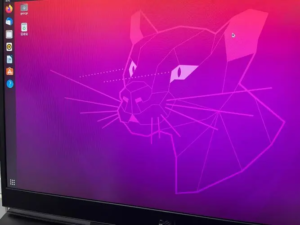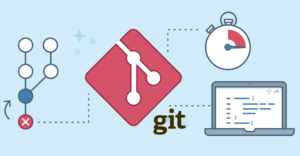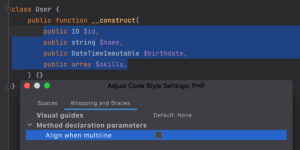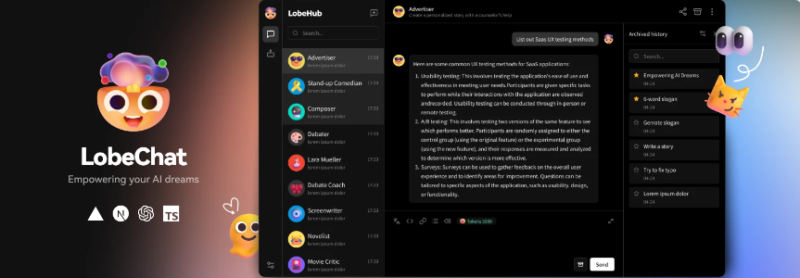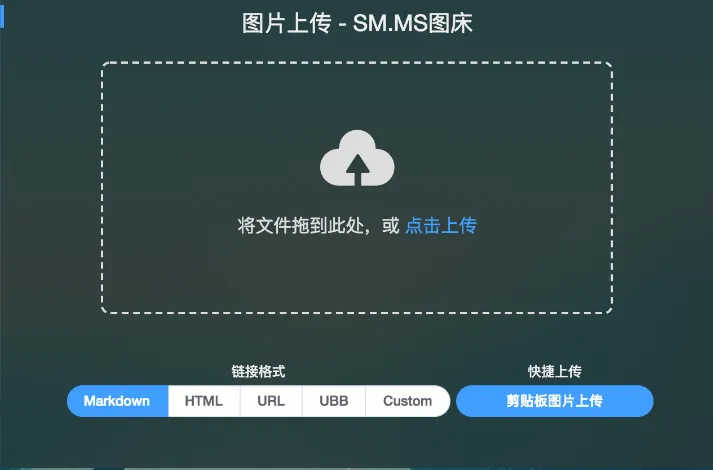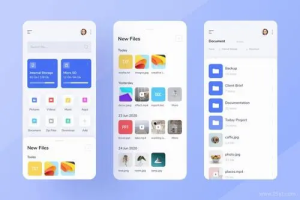内容目录
- —— Java多线程实现方式
- —— 结语
Java多线程是Java并发编程的核心内容之一,它能够充分利用现代多核处理器的优势,提高程序的执行效率。Java提供了多种实现多线程的方式,每种方式都有其适用场景和特点。本文将详细介绍Java中实现多线程的几种常见方法,并通过示例代码帮助读者理解每种方法的工作原理。
![图片[1]-Java多线程实现方式详解:从基础到进阶-连界优站](http://www.6x66.cn/wp-content/uploads/2024/10/image-43.png)
Java多线程实现方式
1. 继承Thread类
这是Java中最直接的实现多线程的方式之一。通过继承Thread类并重写run()方法来定义线程的行为。
public class MyThread extends Thread {
@Override
public void run() {
System.out.println("Hello from " + this.getName());
}
public static void main(String[] args) {
MyThread thread = new MyThread();
thread.start(); // 启动线程
}
}优点:实现简单,易于理解。
缺点:继承Thread类会导致类不能再继承其他类,而且无法覆盖Thread类中的其他方法。
2. 实现Runnable接口
另一种常见的实现方式是实现Runnable接口。这种方式比继承Thread类更加灵活,因为实现了Runnable接口的类仍然可以继承其他类。
public class MyRunnable implements Runnable {
@Override
public void run() {
System.out.println("Hello from " + Thread.currentThread().getName());
}
public static void main(String[] args) {
MyRunnable runnable = new MyRunnable();
Thread thread = new Thread(runnable);
thread.start(); // 启动线程
}
}优点:可以继承其他类,同时实现多态性。
缺点:相比直接继承Thread类,代码略显冗长。
3. 使用Callable和Future
Callable接口类似于Runnable,不同之处在于Callable的call()方法可以返回结果,并且可以通过Future来获取这个结果。
import java.util.concurrent.Callable;
import java.util.concurrent.ExecutionException;
import java.util.concurrent.ExecutorService;
import java.util.concurrent.Executors;
import java.util.concurrent.Future;
public class MyCallable implements Callable<String> {
@Override
public String call() throws Exception {
return "Hello from " + Thread.currentThread().getName();
}
public static void main(String[] args) throws ExecutionException, InterruptedException {
ExecutorService executor = Executors.newSingleThreadExecutor();
Future<String> future = executor.submit(new MyCallable());
System.out.println(future.get()); // 获取结果
executor.shutdown();
}
}优点:支持有返回值的任务,更适合执行耗时的任务。
缺点:实现相对复杂,需要额外的框架支持。
4. 使用ThreadLocal
ThreadLocal类提供线程局部变量,可以为每个线程提供独立的变量副本,从而避免了线程间的资源共享问题。
import java.util.concurrent.ExecutorService;
import java.util.concurrent.Executors;
public class MyRunnableWithThreadLocal implements Runnable {
static ThreadLocal<Integer> threadLocal = new ThreadLocal<>();
public MyRunnableWithThreadLocal(Integer value) {
threadLocal.set(value);
}
@Override
public void run() {
System.out.println("Value in thread " + Thread.currentThread().getName() + ": " + threadLocal.get());
}
public static void main(String[] args) {
ExecutorService executor = Executors.newFixedThreadPool(5);
for (int i = 0; i < 5; i++) {
executor.execute(new MyRunnableWithThreadLocal(i));
}
executor.shutdown();
}
}优点:简化了线程间的变量隔离问题,避免了线程安全问题。
缺点:使用不当会导致内存泄漏。
5. 使用并发工具类
Java提供了多个工具类来辅助多线程编程,如ExecutorService, Semaphore, CountDownLatch等。
import java.util.concurrent.CountDownLatch;
import java.util.concurrent.ExecutorService;
import java.util.concurrent.Executors;
public class MyRunnableWithLatch implements Runnable {
private final CountDownLatch latch;
public MyRunnableWithLatch(CountDownLatch latch) {
this.latch = latch;
}
@Override
public void run() {
System.out.println("Hello from " + Thread.currentThread().getName());
latch.countDown(); // 计数器减1
}
public static void main(String[] args) throws InterruptedException {
CountDownLatch latch = new CountDownLatch(5); // 初始计数为5
ExecutorService executor = Executors.newFixedThreadPool(5);
for (int i = 0; i < 5; i++) {
executor.execute(new MyRunnableWithLatch(latch));
}
latch.await(); // 等待计数器变为0
System.out.println("All tasks completed.");
executor.shutdown();
}
}优点:提供了更高级的线程协调机制,适用于复杂的并发场景。
缺点:使用复杂,需要深入理解各个工具类的作用。
结语
通过本文的介绍,您应该对Java中实现多线程的几种常见方法有了全面的认识。每种方法都有其适用场景和特点,选择合适的方法取决于具体的应用需求。希望这篇教程能够帮助您更好地理解和运用Java多线程技术,提高程序的并发性能。
本文详细介绍了Java中实现多线程的几种常见方法,并通过示例代码帮助读者理解每种方法的工作原理,旨在帮助读者掌握Java多线程编程的基础知识和技术要点。希望对您有所帮助!


